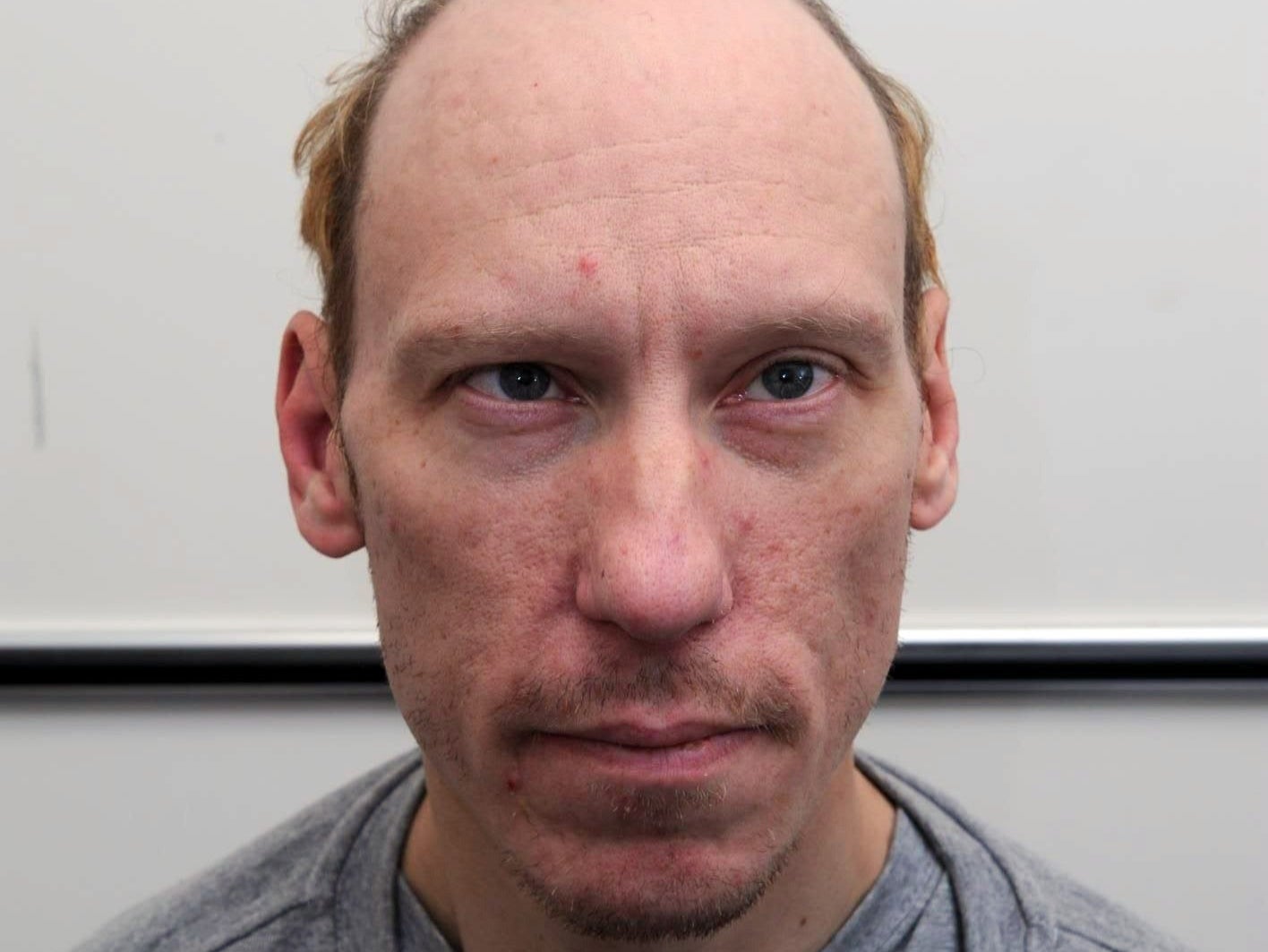‘Grindr serial killer’ identified as significant witness with previous rape allegation against him after first victim’s death
Stephen Port killed Anthony Walgate and dumped his body outside his flat, but was only initially charged with perverting the course of justice

Serial killer Stephen Port was identified as a “significant” witness who had been accused of raping and drugging a man within hours of his first victim’s death, an inquest has heard.
Port made an anonymous 999 call that alerted authorities to the body of Anthony Walgate, 23, outside his Barking flat on 19 June 2014 - but was not treated as a murder suspect.
Port, who drugged and raped gay men he met online, went on to kill three more victims over the following 15 months.
Inquests into the four men’s deaths are being held at Barking Town Hall to establish how they died, and if their lives might have been saved if police had responded differently.
On Friday, jurors were told that police traced Port’s 999 call using his phone number by 5.15am, little over an hour after he told an operator he had driven past a man who “looks like he’s collapsed or had a seizure or something”.
Records showed his last known address was 62 Cooke Street, the building where Mr Walgate’s body had been found propped up against a wall.
Inspector Gary Learmonth responded to a call from the ambulance service and declared a “critical incident” at the scene.
He said his first impression was that the death could be “potentially suspicious” because there appeared to be a footprint-shape on Mr Walgate’s chest, but it was later found not to be a bruise.
“We had a young man who was deceased in a public place, it was not clear at that stage how this had occurred,” Insp Learmonth told jurors. “It was out of the ordinary and unexplained at that stage.”
The London Ambulance Service was asked to listen to its recording of the 999 call and passed information to police saying the man “sounded unsure and apprehensive”.
Insp Learmonth tasked officers to trace the caller and search the Police National Computer (PNC).
The jury heard that notes by a more senior officer showed that a PNC check showed that Port had “previous for sex assault”.
Records read to the inquest said that Port had been accused of rape by a former partner, but no further action was taken after the complainant did not support a prosecution.
The man told police Port had raped him on several occasions, including 31 December 2012, in 62 Cooke Street and that he plied him with poppers and alcohol “until he was unable to say no”.
Insp Learmonth said he had no recollection of being told of the allegations but agreed the information was “very significant”.
The officer said there was “overlap” between his role and detectives who led the following investigation, and that his primary job was to secure and manage the crime scene.
The inquest heard that police officers initially received no answer on Port’s phone or by knocking on his door, but eventually located him inside his flat and took a statement at 7.50am.
Port gave a false account to officers, claiming that he had had a consensual sexual relationship with Mr Walgate and dragged him outside after he ingested drugs in his flat.
Cheryl Kynaston, a Metropolitan Police crime scene manager, told the inquest she suspected the involvement of drugs in the immediate aftermath Mr Walgate’s death but did not suspect murder.
She told the inquest that she noticed a “small amber bottle” with no labelling, and ordered its contents to be tested. It was later found to contain GHB, the “date rape” drug port used to kill all four victims and drug other men who survived.
Ms Kynaston said that Mr Walgate’s young age made a natural death in the street “unlikely” and added: “I couldn’t see any assault injuries, the small amber bottle potentially could have been drugs. I thought there was a possibility it was a drug-induced death.”
She told jurors no mobile phone or wallet was found and that Mr Walgate’s underwear was back to front and inside out. Her notes from the day of his death said the zip of his jeans was broken.
A forensic post-mortem held the following day did not establish a cause of death and found no injuries, but Ms Kynaston said she recommended a toxicology report, the taking of “sexual samples” and that the bottle be checked for DNA and fingerprints.
Peter Skelton QC, representing the Metropolitan Police, asked if she thought Mr Walgate might have been murdered.
She replied: “No I didn’t. I thought he most likely had been moved after he had died and that was strange, but I had nothing to suggest he had actually been murdered.”
Port was later convicted of lying to police about the circumstances of Mr Walgate's death, jurors have heard, but the killings were not connected until after he killed his last victim in September 2015.
Following a trial at the Old Bailey in 2016, Port was found guilty of all four murders and handed a whole life sentence. The inquest continues.
Subscribe to Independent Premium to bookmark this article
Want to bookmark your favourite articles and stories to read or reference later? Start your Independent Premium subscription today.
